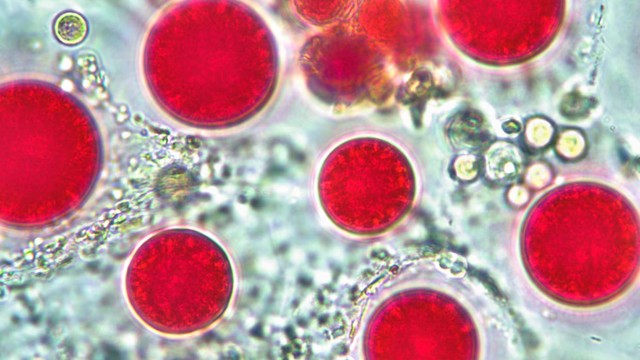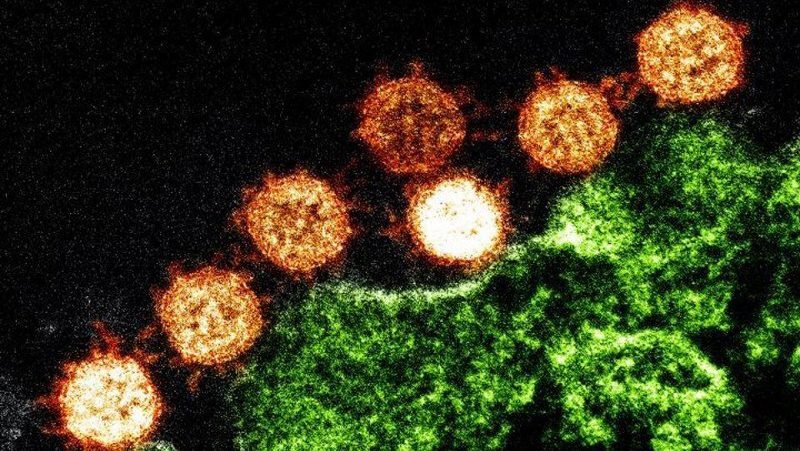
Recent searches
Search options
#microbes

Lunar polar regions could have microbes, modeling study suggests
https://phys.org/news/2025-04-lunar-polar-regions-microbes.html
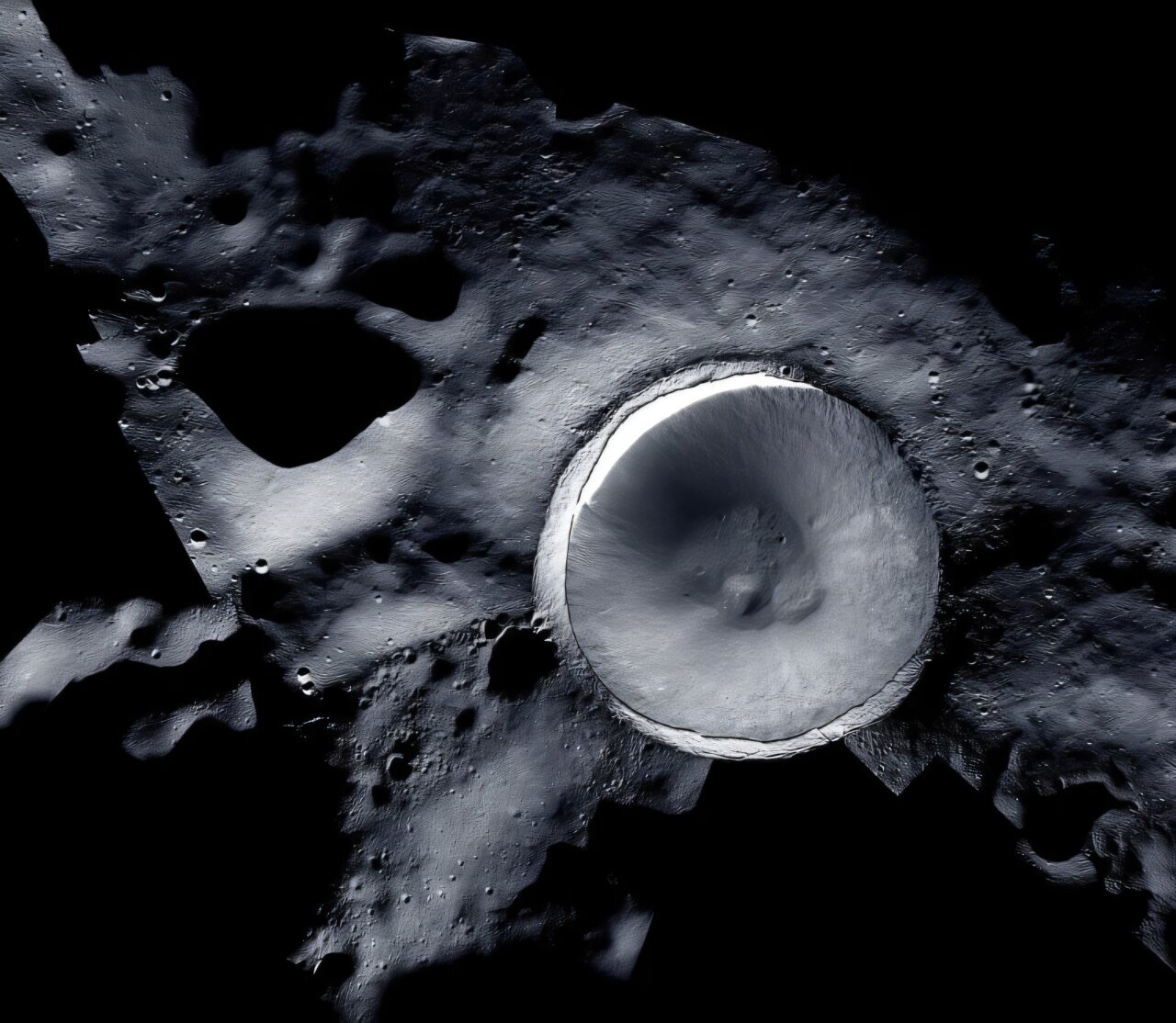
Engineered yeast boosts D-lactic acid production, advancing eco-friendly biomanufacturing
https://phys.org/news/2025-03-yeast-boosts-d-lactic-acid.html
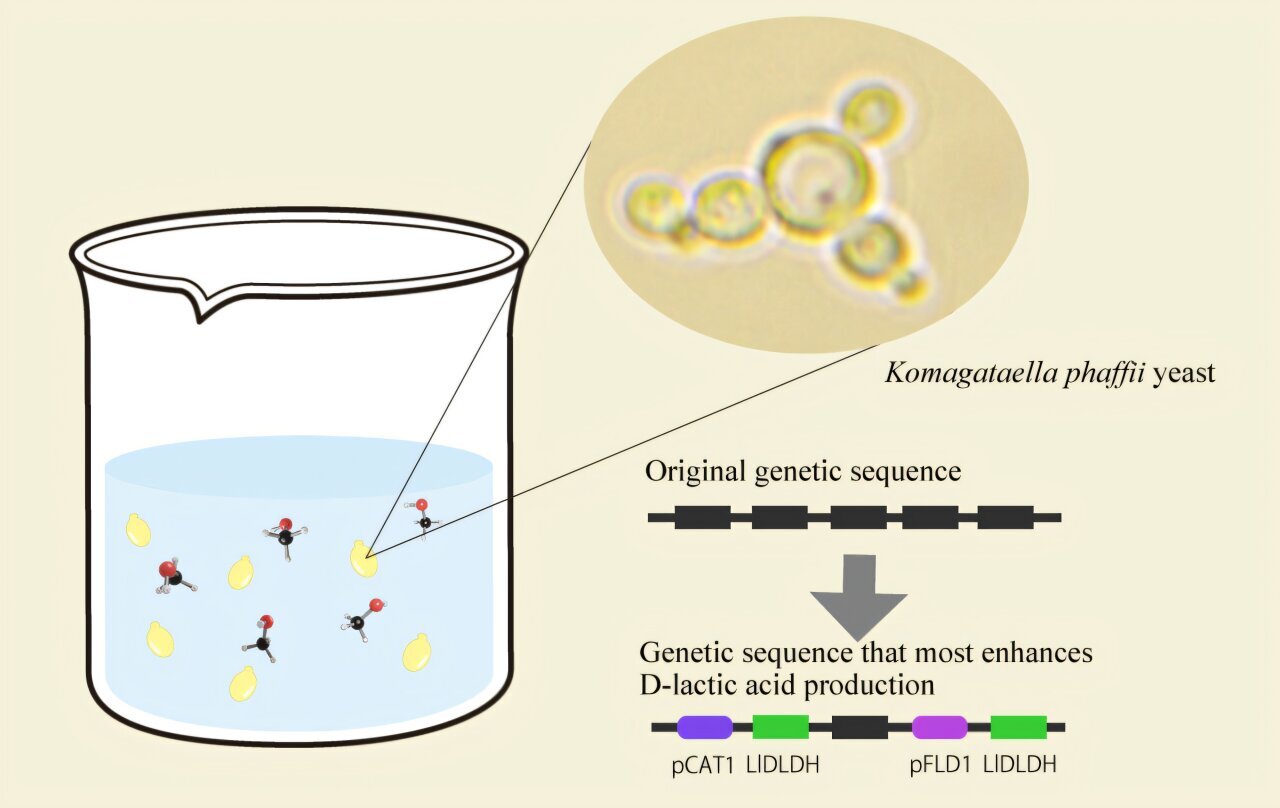
You know that thing about sufficiently advanced #technology being indistinguishable from #magic ?
That's how I feel about #bread.
And #beer.
And #preserving vegetables in brine.
Let's hear it for good guy #microbes.
Emulsion technique boosts plant growth with bacteria
https://phys.org/news/2025-03-emulsion-technique-boosts-growth-bacteria.html
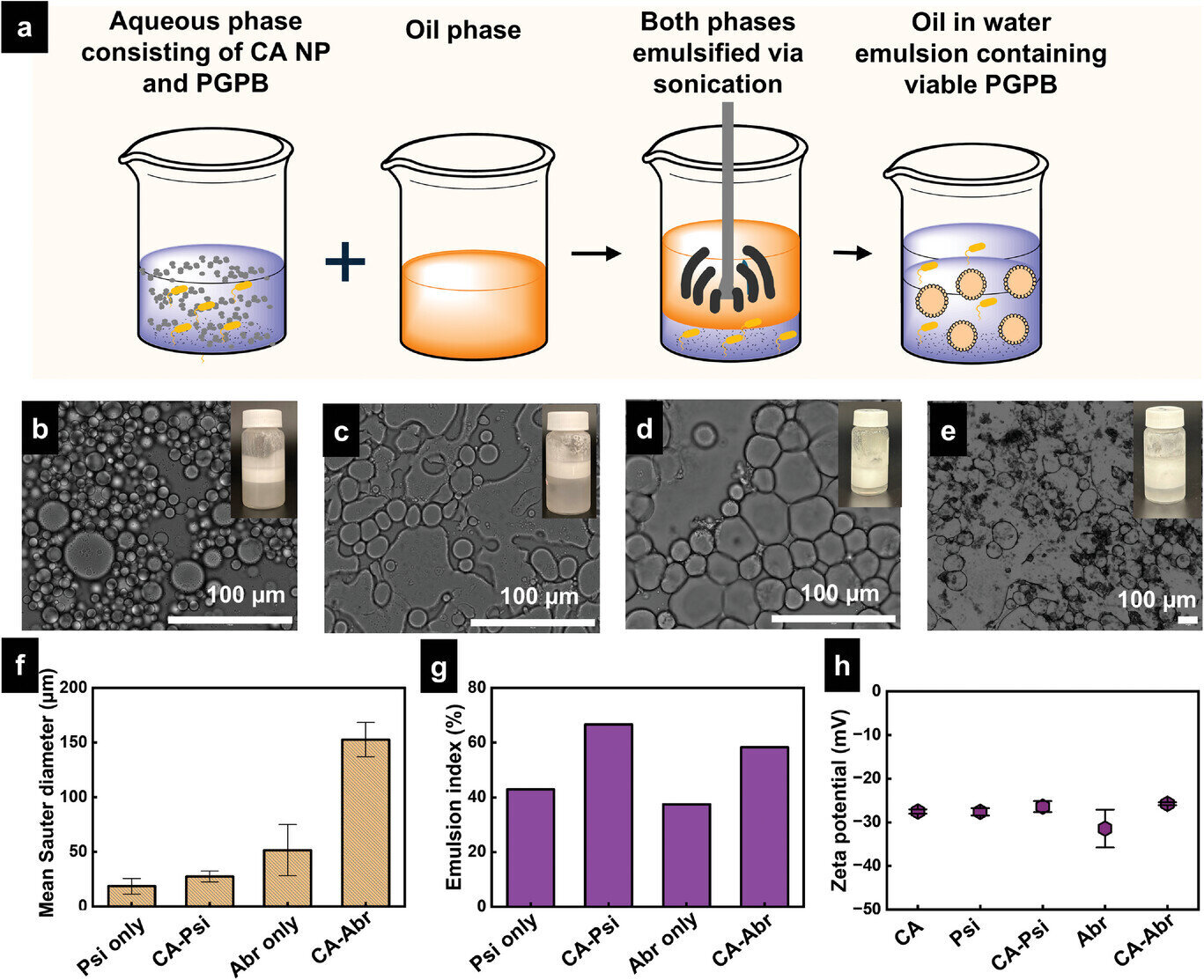
Pink snow tints the edges of Antarctica https://english.elpais.com/science-tech/2025-03-24/pink-snow-tints-the-edges-of-antarctica.html
"The #algae that covers Mount Reina Sofía in patches is Sanguina nivaloides, a species first described in 2019. The meaning of its scientific name in Latin is eloquent: blood in the snow. Each creature has a single cell, about 20 thousandths of a millimeter in size, with a molecule inside that gives it its characteristic red color: #astaxanthin... the same pigment that produces the color of salmon"
Exciting work studying the chemical bonds in membrane lipids of #archaea (#marine #microbes) which are often used for #paleoclimate reconstructions suggests improvements to #temperature reconstructions.
https://www.sciencedirect.com/science/article/pii/S0012821X25000925
Ancient marine organism's dual-layer structure reveals both past and present ocean environments https://phys.org/news/2025-02-ancient-marine-dual-layer-reveals.html
A cosmopolitan calcifying benthic #foraminifera in agglutinated disguise as a geochemical recorder of coastal environments https://www.pnas.org/doi/10.1073/pnas.2413054122
"This species has a remarkable hidden feature—an inner shell made of calcium carbonate beneath its outer layer of gathered particles... [this] made them an excellent recorder of environmental conditions."
New publication: #Liming enhances the abundance and stability of #nitrogen-cycling #microbes: the buffering effect of long-term lime application. #grassland #nitrification #Nfixation #denitrification #limestone
https://doi.org/10.1007/s00374-025-01889-2
Are #Dyson #Spheres Real? : Medium
Surprise Turning of Ancient '#Wheel of #Ghosts' Casts Doubt on #Astronomical Purpose : Science Alert
#Microbes can colonise #Space, produce drugs and create #Energy — researchers are simulating their inner workings to harness how : Down2Earth
Check our latest #KnowledgeLinks
Earth's Underworld Is Full of Life https://www.sciencealert.com/earths-underworld-is-full-of-life-and-it-goes-deeper-than-we-ever-knew
A global comparison of surface and subsurface microbiomes reveals large-scale biodiversity gradients, and a marine-terrestrial divide https://www.science.org/doi/10.1126/sciadv.adq0645
"In an ambitious 8-year census, a team has found an astonishing diversity of #microbes living beneath our planet's surface, deeper than anything we've discovered prior... it has turned up lifeforms as deep as 491m below the ocean floor, and even further below land: 4,375m deep"
I, like many other people, used to be largely dismissive of microbes. I've learnt better now, but even I hadn't considered that our futures could be in their hands, or flagella.
https://www.eurekalert.org/news-releases/1071697
#sciencenews #environment #microbes
Mapping #Antarctica's hidden ice-free lands: A blueprint for conservation https://phys.org/news/2025-01-antarctica-hidden-ice-free-blueprint.html paper: https://www.nature.com/articles/s41597-025-04424-y
"The ice-free lands are home to uniquely adapted flora including micro-forests of #lichens, #moss, and two flowering plants, Antarctic hairgrass and pearlwort. They also sustain a variety of #mites, #springtails, #tardigrades, #nematodes, #algae, and #microbes. #Seabirds have established breeding colonies in these areas too."
How tiny algae shaped the #evolution of giant clams https://phys.org/news/2025-01-tiny-algae-evolution-giant-clams.html https://www.nature.com/articles/s42003-024-07423-8
"T. maxima have evolved more genes for sensors to distinguish friendly #algae from harmful #bacteria, #viruses... it has tuned down some of its immune genes in a way that likely helps the #animals tolerate #microbes... As a result of the weakened #ImmuneSystem, its genome contains a large number of #TransposableElements left behind by viruses. These aspects highlight the tradeoffs of #symbiosis"
Newly discovered #microbes in Amazon peatlands could affect global carbon balance https://phys.org/news/2025-01-newly-microbes-amazon-peatlands-affect.html
Functional insights of novel #Bathyarchaeia reveal metabolic versatility in their role in peatlands of the Peruvian Amazon https://journals.asm.org/doi/10.1128/spectrum.00387-24
"Under stable conditions, they enable #peatlands to act as vast carbon reservoirs, reducing #climate risks. However, environmental shifts, including drought and warming, can trigger their activity, accelerating #ClimateChange."
#Microbes and #minerals: How microorganisms accelerate calcification https://www.marum.de/en/Microbes-and-minerals.html
Marine #CarbonBurial enhanced by microbial carbonate formation at hydrocarbon seeps https://www.nature.com/articles/s43247-024-01960-0
"#Methane and other hydrocarbons are released from the #ocean floor at so-called cold seeps, forming the basis for ecosystems independent of sunlight. The basic process is methane oxidation without oxygen, which is carried out jointly by #archaea and #bacteria."
Scientists Find Signs of Life Deep Inside the Earth
https://futurism.com/the-byte/scientists-life-deep-inside-earth
"The new research shows these #microbes have a dual role in the carbon cycle and the potential to either moderate or intensify #ClimateChange. This process can either stabilize carbon for long-term storage or release it into the atmosphere as greenhouse gases, particularly CO2 and methane.
Under stable conditions, these microbes enable #peatlands to act as vast carbon reservoirs, sequestering carbon and reducing climate risks."
https://www.miragenews.com/unique-microbes-found-in-amazon-peatlands-1396840/
New publication: Bioinoculant-induced plant resistance is modulated by interactions with resident #soil #microbes. #fungi #arthropodpests #spidermites
https://doi.org/10.1186/s40793-025-00667-9


